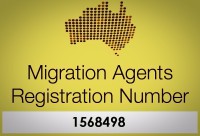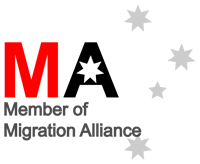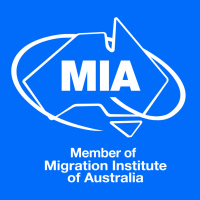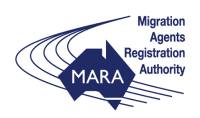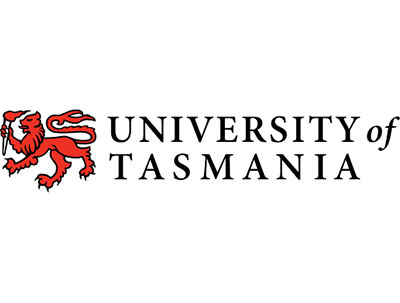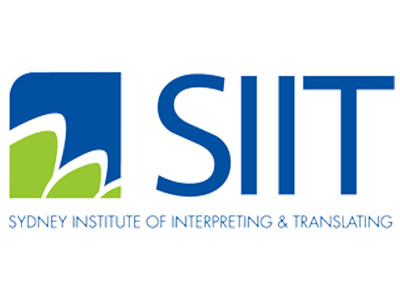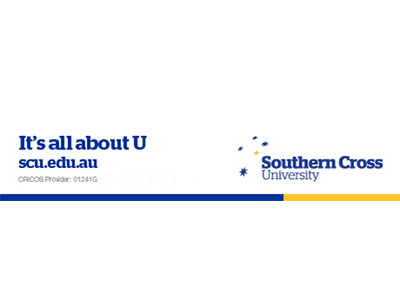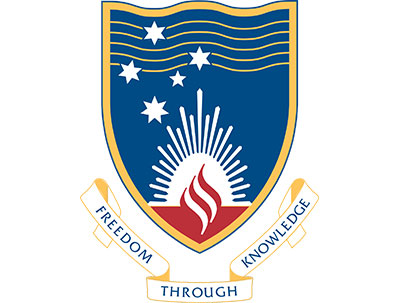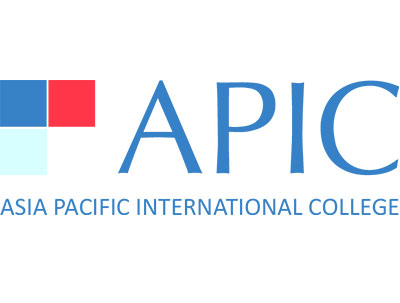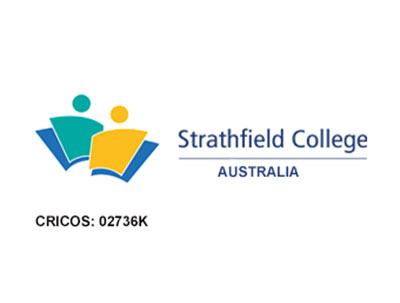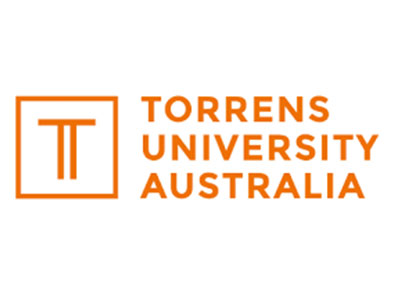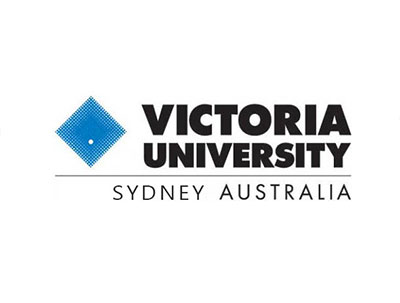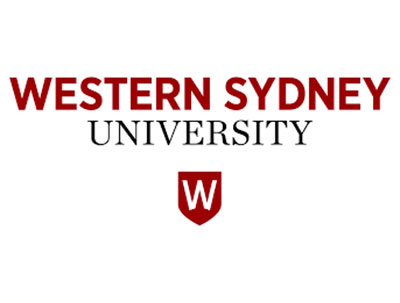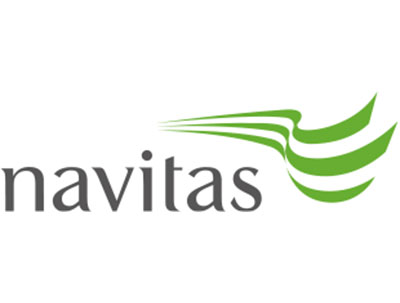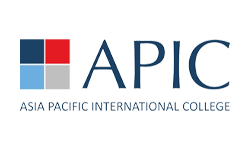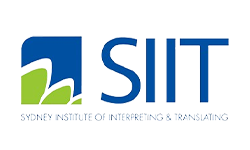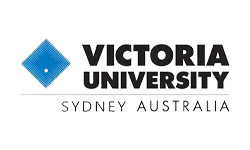 The Department of Home Affairs (the Department) has produced this paper to help external stakeholders understand how it administers Australia’s immigration and citizenship programs. It complements existing publicly available sources, including regularly published data, and provides a tri-annual overview of the administration of visa, citizenship, border and compliance programs, focusing on recent environmental factors, program developments and trends.
The Department of Home Affairs (the Department) has produced this paper to help external stakeholders understand how it administers Australia’s immigration and citizenship programs. It complements existing publicly available sources, including regularly published data, and provides a tri-annual overview of the administration of visa, citizenship, border and compliance programs, focusing on recent environmental factors, program developments and trends.
The tenth edition includes data to 31 August 2022 where available, and provides an overview of visa and citizenship program delivery including efforts to expedite Australia’s economic recovery from the impacts of the COVID-19 pandemic and ease skill and workforce shortages.
We have listed some important details from the paper:
▶Impact of COVID-19: The pandemic affected the Department’s capacity to deliver services and programs in Australia and overseas. The Department’s staffing resources were diminished around the world as countries responded to the local health impacts of COVID-19. In April 2020, about 75 per cent of Australian-based staff from the overseas network had returned home, or were seeking to do so and fewer than 10 per cent of locally engaged staff were undertaking visa processing work. As at 31 August 2022, the offshore network was still only operating at approximately 84 per cent capacity. Given that the offshore network accounts for approximately half of staff focused on temporary and permanent visa processing, this had a significant impact on overall processing capacity
▶ The Department is also focussed on delivering the increase to the permanent Migration Program in 2022-23 to 195,000 visa places, as announced at the Jobs and Skills Summit in September 2022.
▶ The Department has received over 2.2 million new visa applications since 1 June 2022, compared with nearly 495,000 for the same period in 2021. In the offshore Student visa program, lodgements have returned to pre-COVID 19 levels, with nearly 169,000 lodgements between June and September 2022 compared to nearly 165,000 in the same period in 2019.
▶ Since the year ending June 2006, Net Overseas Migration (NOM) has been the key driver of Australia’s population growth. Between 2008 and 2018, NOM remained between 172,000 and 315,700 per annum. Subsequent to the 2022-23 March Budget, the outlook for NOM has improved to (+) 150,000 for 2021-22 and to (+) 235,000 for 2022-23, a recovery two years earlier than previously forecast.
▶ On 2 March 2022, the former Government announced changes to the COVID-19 Pandemicevent visa, including expanding the visa beyond key sectors to allow work in all sectors with visa period based on the sector in which the applicant is working or intending to work. As at 31 August 2022, 127,303 visa applications had been received and 59,742 visas granted, primarily to workers in critical sectors. Critical sector applications are given processing priority.
▶ The international tourism industry provides substantial economic benefits and generates jobs, investment and growth in communities throughout the country. As at 31 August 2022, the number of Visitor visa holders in Australia had increased by
approximately 472 per cent compared to the previous year (see Table 2) but had decreased by 20 per cent when compared to the same period in 2019
▶ As announced at the Jobs and Skills Summit on 2 September 2022, the Australian Government will increase the TGV length of stay for graduates with select Bachelor and higher level degrees by two years. The select degrees will target areas of skills shortage, and will be determined by a working group to include representatives from Universities Australia (UA), the International Education Association of Australia (IEAA), the National Tertiary Education Union (NTEU), the Department of Home Affairs and the Department of Education. The working group will report to the Minister for Home Affairs and Minister for Education by 28 October 2022.
▶ In response to COVID-19, the former Government introduced the COVID-19 Pandemic Event (subclass 408) visa on 4 April 2020, allowing WHM visa holders working in sectors critical to the supply of goods and services to extend their stay in Australia. From 19 August 2020, the definition of ‘specified work’ for WHMs was expanded to include critical COVID-19 work in the healthcare and medical sectors anywhere in Australia. From 19 January 2022, until 31 December 2022, all WHMs are also exempt from the six month work limitation with one employer in all sectors.
▶ The PALM scheme allows eligible Australian businesses to hire workers from nine Pacific countries and Timor-Leste to meet workforce shortages in low and semi-skilled occupations. As at 31 August 2022, there were more than 27,500 Pacific workers in Australia supporting critical industries. On 4 April 2022, the two existing PALM initiatives, the Seasonal Worker Program (SWP) and the Pacific Labour Scheme (PLS) were consolidated into a single reformed PALM scheme, within the Subclass 403 Temporary Work (International Relations) visa. The program is administered by the Department of Foreign Affairs and Trade (DFAT). The PALM scheme is open to eligible employers in all sectors
▶ On 5 March 2022 a permanent residency pathway opened for Hong Kong and BNO passport holders who have held a temporary skilled or temporary graduate visa for four years, or three years for those who choose to live, work and study in a regional area.
▶The number of bridging visa holders (excluding Bridging E visas (subclasses 050 and 051)) increased by almost 77 per cent between 31 August 2019 and 31 August 2022 as people unable to depart during COVID-19 applied for new substantive visas to remain in Australia. As the visa applications lodged from within Australia are finalised, the number of bridging visa applicants will decrease. On 31 August 2022, there were 351,385 bridging visa holders (excluding Bridging E visa holders) in Australia. . Of the bridging visa holders in Australia on 31 August 2022 (excluding Bridging Visa E holders), 23 per cent had applied for permanent migration, 18 per cent had applied for a Protection visa, 59 per cent had applied for a temporary visa, and less than one per cent had been granted a bridging visa for other reasons.
▶ The 2022-23 Migration Program Skill stream has been set at 142,400 places, up from 79,600 in 2021-22. The Skill stream comprises 73 per cent of the overall Migration Program, increasing from the 50/50 composition between Skill and Family streams delivered over the course of the COVID-19 pandemic.
▶Priority will be given to offshore applicants, to help ease widespread, critical skills and workforce shortages and support Australia’s economic recovery. The Skilled Independent visa category has been prioritised through an increased planning level to help facilitate the focus on offshore applicants.
▶On 1 July 2022, changes were implemented to allow expanded eligibility for permanent residence for certain temporary skilled visa holders who have worked in Australia through the COVID-19 pandemic who have an occupation on the Short-term Skilled Occupation List (STSOL), or who no longer meet the age requirements for the permanent Employer Nomination Scheme. These changes help address skill shortages and assist with economic recovery.
▶Regional Migration: In 2022-23, 34,000 places have been allocated for Regional visas. From 18 February 2022, the former Government extended the duration of Skilled Regional (Provisional) visas (subclasses 489, 491 and 494) for three years. These extensions applied to eligible visa holders affected by COVID-19 international travel restrictions and border closures, and provided additional time for this cohort to live and work in regional Australia and be eligible for permanent residence.
▶ Designated Area Migration Agreements: As at 31 August 2022, 639 labour agreement requests had been lodged under DAMAs, with 418 in effect (executed) as at that date. The number of nominations available for overseas workers under each exiting DAMA ranges from 200 to 1000 per year. A total of 1535 visas – 419 primary and 431 dependents – have been granted under a DAMA.
▶ Reduction of Partner on-hand visa applications is an ongoing priority for the Department. In 2022-23, as at 31 August 2022, the Department has granted approximately 5,280 first stage Partner visas and with approximately 56,750 applications remaining on-hand. . In 2022-23 as at 31 August 2022, approximately 3,960 second stage Partner visas have been granted, and approximately 44,030 active second stage Partner visa applications remain on hand.
▶ The planning level for Parent visas has been increased to 8,500 places in 2022-23, from 4,500 in 2021-22.
▶ The 2021-22 Humanitarian Program, set at a ceiling of 13,750 planned places, was almost fully delivered. In all, 13,307 visas were granted under the 2021-22 Humanitarian Program
▶ 10,000 places have been allocated to Afghan nationals within the offshore Humanitarian Program between 2021-22 and 2024-25. Further, an additional 16,500 places for Afghan nationals have been allocated and will be delivered over four years (4,125 places per year between 2022-23 and 2025-26). This brings the total number of places available to Afghan nationals to 31,500, which comprise 26,500 places under the Humanitarian Program and 5,000 under the Family stream of the Migration Program
▶ Migrants who become Australian citizens make an ongoing commitment to Australia and its values. Citizenship entails additional responsibilities to the Australian community as well as individual privileges. Applications for Australian citizenship generally fall within four categories: conferral (the most common way of acquiring citizenship through application, representing approximately 90 per cent of all applications), descent, adoption and resumption.
✅167,232 people acquired Australian citizenship by conferral in the 2021-22 program year, up from 140,748 in 2020-21. In 2022-23 to 31 August 2022, 30,990 people acquired Australian citizenship by conferral
⚠Between 1 July 2015 and 31 August 2022, the Department and ABF: refused more than 1.69 million visa applications refused the entry of 19,481 travellers at an Australian airport prevented more than 4,183 people from boarding flights to Australia through the ABF’s network of airline liaison officers.





